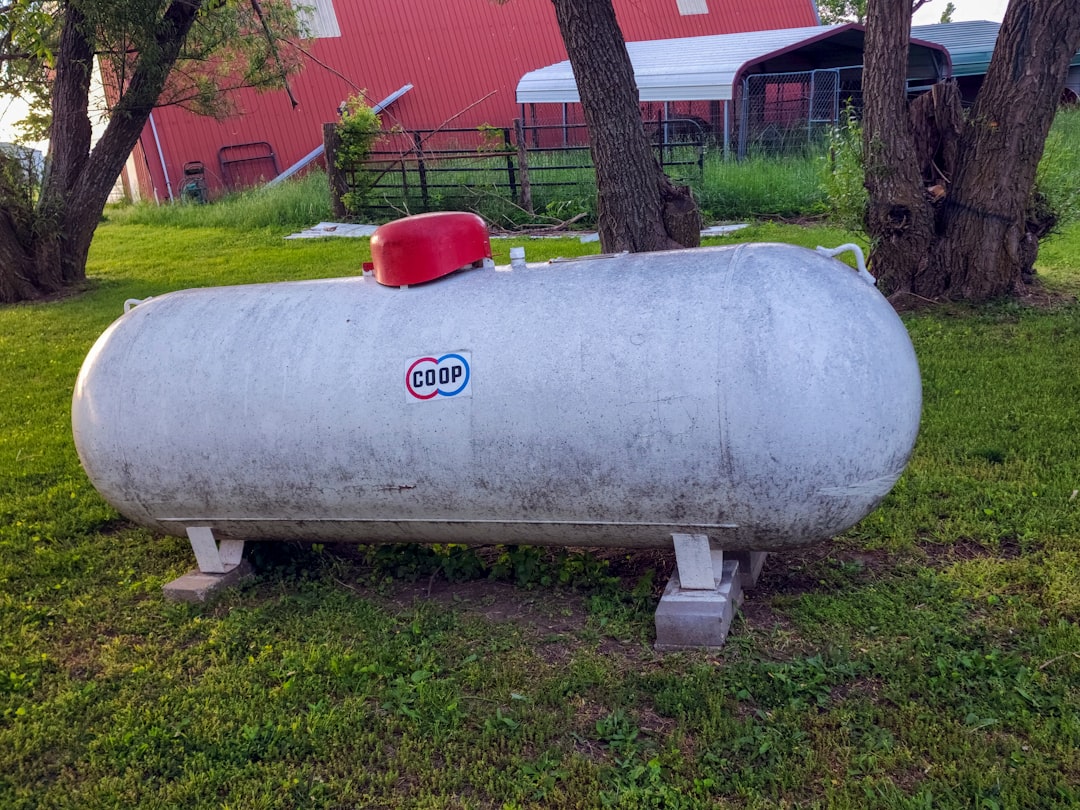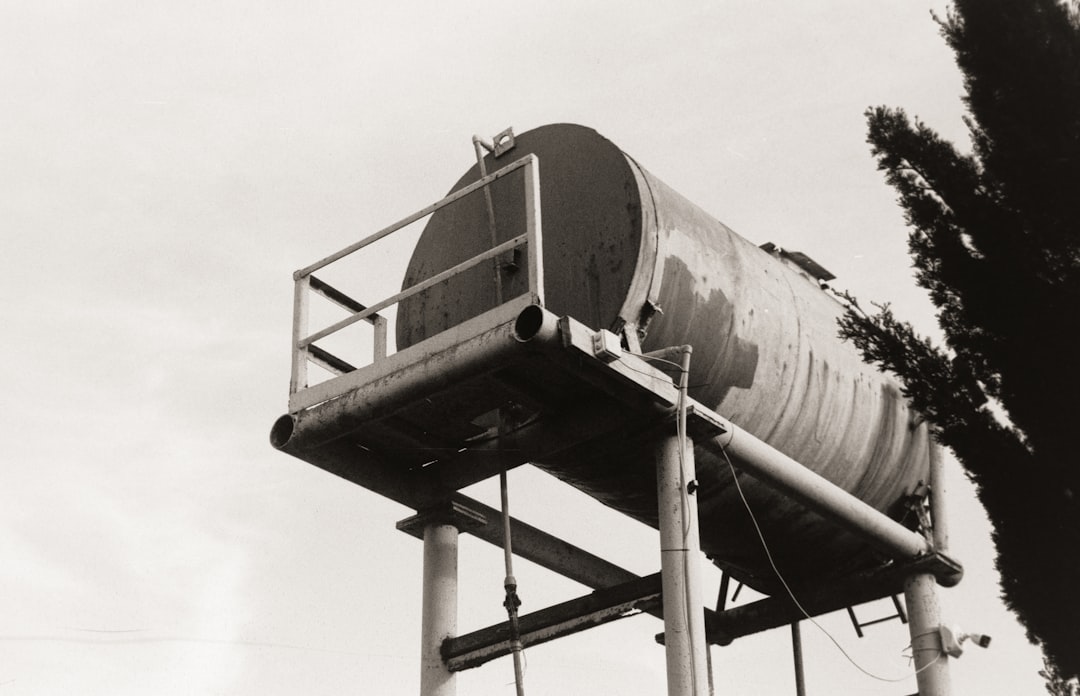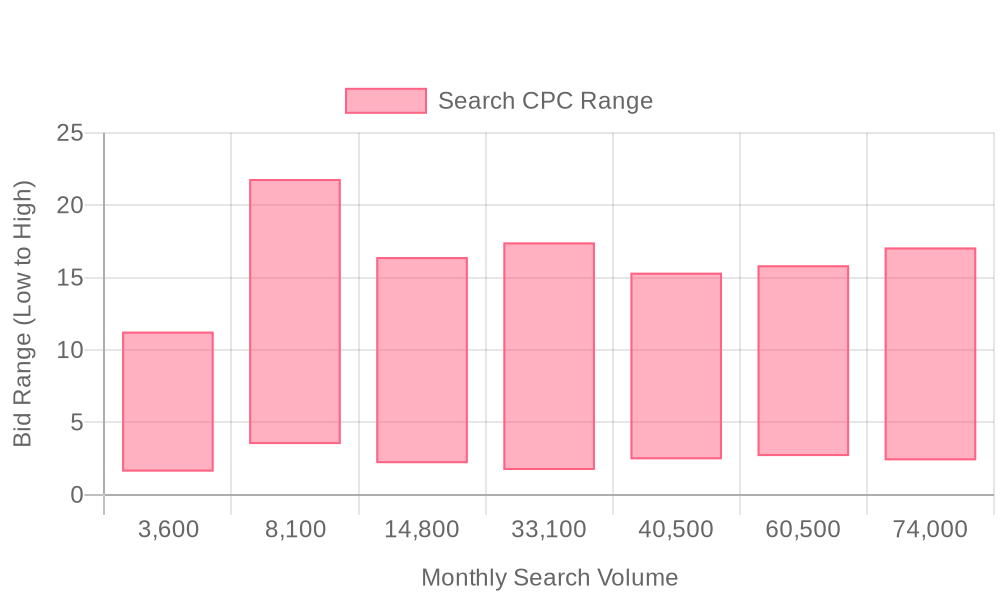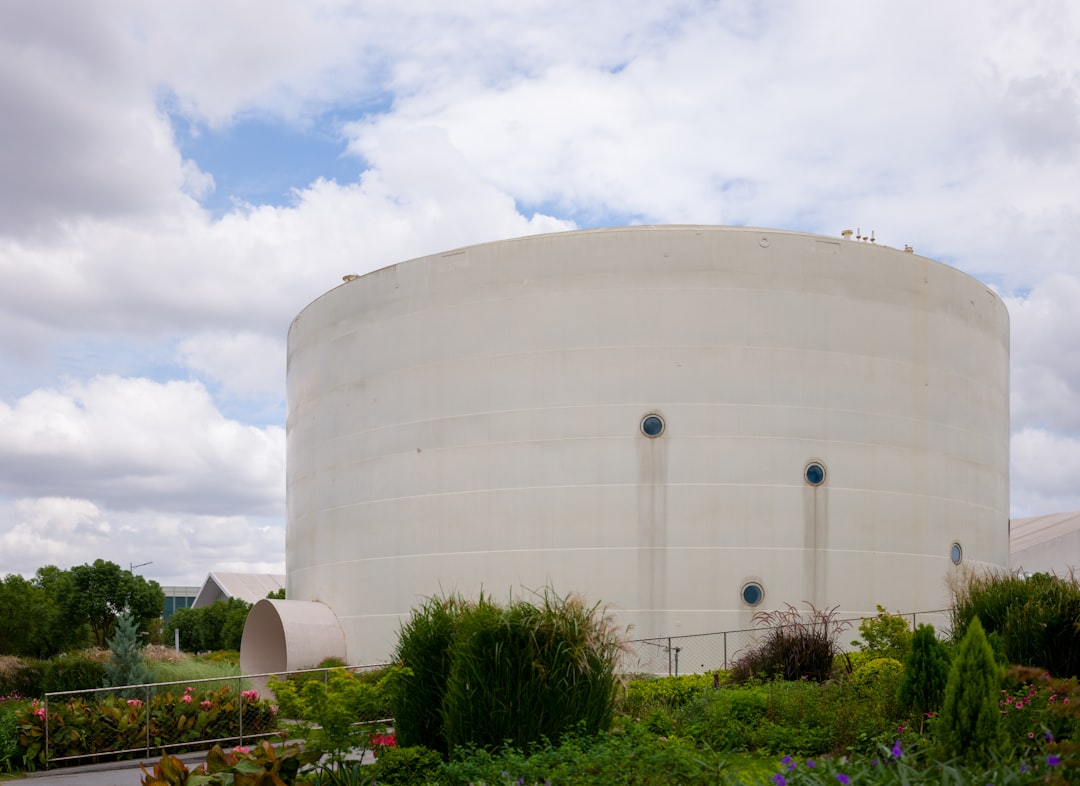
Supercharge your lead generation with a FREE Google Ads audit - no strings attached! See how you can generate more and higher quality leads
Get My Free Google Ads AuditFree consultation

No commitment
Supercharge your lead generation with a FREE LinkedIn Ads audit - no strings attached! See how you can generate more and higher quality leads
Get My Free Google Ads AuditFree consultation

No commitment
Supercharge your lead generation with a FREE Meta Ads audit - no strings attached! See how you can generate more and higher quality leads
Get My Free Google Ads AuditGet My Free LinkedIn Ads AuditGet My Free Meta Ads AuditFree consultation

No commitment
Supercharge your lead generation with a FREE Google Ads audit - no strings attached! See how you can generate more and higher quality leads
Get My Free Google Ads AuditFree consultation

No commitment
Effectively leveraging Google Ads can be a game-changer for businesses in the septic tank cleaning industry. In a market where timely service is critical, missing high-value prospects due to untracked leads can lead to lost opportunities and client dissatisfaction. Google Ads offers the tools to address these challenges by bridging the gap between top-of-funnel marketing and bottom-funnel conversion activities. It allows businesses to capture decision-makers at the exact moment they need septic services, intercepting prospects and converting them into paying customers. This outline will guide you on how to harness Google Ads to maximize lead generation, ROI, and overall marketing effectiveness.

Septic tank cleaning companies face unique challenges in generating high-quality leads through digital channels. Efficient use of Google Ads can transform online visibility into a reliable pipeline of booked appointments, especially when strategies are rooted in data and local market insights. Companies adopting advanced targeting and measurement approaches consistently outperform those relying on intuition or generic advertising tactics.
A high-performing lead generation strategy for septic tank cleaning depends on aligning Google Ads campaigns with a broader marketing framework. This integration maximizes the impact of every advertising dollar and ensures that digital spend translates into measurable business outcomes. Professionals who connect their Google Ads efforts with robust attribution, audience enrichment, and intent data see better engagement from prospects and higher conversion rates. For a deeper dive, Google Ads best practices provides actionable tactics to improve campaign results.

Modern septic tank cleaning services operate in a market defined by urgency and specificity. Customers searching for emergency pumping or maintenance solutions are ready to act, making every moment of visibility a critical opportunity to secure high-value leads. Google Ads gives septic businesses the means to be instantly discoverable when prospects' needs peak, ensuring that no urgent inquiry goes unanswered.
Speed of engagement directly impacts revenue in this industry. While SEO and broader brand-building channels gradually nurture awareness, Google Ads delivers immediate exposure to buyers who are already searching for solutions. Septic tank cleaning companies can leverage this channel to intercept demand at its source, minimizing response time and capturing customers before competitors even appear in the conversation. Septic Google Ads strategies provides a deeper look at this trend.
Precision targeting is essential in septic service marketing, where missed clicks equate to lost revenue. Google Ads enables teams to segment audiences by location, intent, and urgency, ensuring budgets are allocated to those most likely to convert. When this targeting is augmented with real-time data and advanced funnel analytics, companies can follow each click from ad to conversion, refining budgets and messaging as new insights emerge. This builds on the strategies outlined in Google Ads ROI guide, helping marketers optimize every dollar spent.


Identifying growth channels in septic tank cleaning marketing requires a blend of precise targeting and ongoing campaign refinement. Revenue leaders can unlock new customer segments and improve ROI by leveraging advanced keyword strategies, competitive insights, and dynamic content distribution.
Audience segmentation transforms septic tank advertising from a broad, generic approach into a highly personalized engagement engine. By categorizing customers into distinct groups based on characteristics like property type or company size, septic service marketing campaigns achieve greater relevancy and drive more qualified leads. For example, residential clients often respond to scheduled maintenance reminders, while commercial property managers prioritize rapid compliance and emergency support. Distinguishing between these segments ensures messaging and offers land with maximum impact, reducing wasted ad spend and protecting brand reputation.
Overlaying real-time intent signals further refines targeting by identifying users who show behaviors consistent with buying or urgent service needs. Instead of relying on surface-level demographics, marketers can interpret in-market actions such as high-frequency website visits, request-for-quote submissions, or search queries for "emergency septic tank cleaning near me." Platforms like Sona Audiences are designed to enhance segmentation by enabling dynamic budget allocation to the most promising segments based on real-time data.
Creating segment-focused ad groups takes this precision to the next level. Each group receives tailored ad copy and landing page experiences specific to their needs—homeowners see education on system health and seasonal promos, while facility managers encounter messaging highlighting regulatory expertise and rapid dispatch. Budgets can be shifted between segments in real time, based on engagement and conversion data. ServiceTitan guide provides a deeper look at this trend and how enriched audience data can be integrated with CRM and ad platforms to maximize both efficiency and measurable ROI.
Proper conversion tracking is essential for closing the loop on these segmented campaigns. Connecting ad platforms with CRM enables precise attribution of both online and offline conversions, providing clarity on which audience segments and creative assets deliver tangible results. For more insights on optimizing spend and improving PPC for septic services, check out our guide on Google Ads ROAS. The result: a scalable, data-driven approach to targeting the right audience for septic ads, with fully measurable business outcomes at every stage.

| Industry | Keyword | Monthly Search Volume | Competition Level | Low Bid | High Bid |
| Septic Tank Cleaning | cheapest septic tank pumping near me | 3600 | MEDIUM | 1.61 | 11.27 |
| Septic Tank Cleaning | septic cleaning near me | 8100 | MEDIUM | 3.51 | 21.81 |
| Septic Tank Cleaning | septic tank cleaning near me | 14800 | LOW | 2.19 | 16.42 |
| Septic Tank Cleaning | septic tank cleaning | 33100 | MEDIUM | 1.72 | 17.43 |
| Septic Tank Cleaning | septic tank pumping near me | 40500 | MEDIUM | 2.46 | 15.34 |
| Septic Tank Cleaning | septic pumping near me | 60500 | MEDIUM | 2.68 | 15.85 |
| Septic Tank Cleaning | septic tank pumping | 74000 | MEDIUM | 2.39 | 17.08 |
Modern septic tank cleaning providers must attract urgent, high-intent buyers in their local markets. A targeted keyword strategy is central to intercepting these prospects when they search for septic services, ensuring every marketing dollar focuses on conversion-ready clicks.
Precision targeting blends classic local modifiers ("septic tank cleaning near me," city names) with service terms like "septic tank pumping," "emergency septic repair," and "commercial septic services." The most effective campaigns, however, move beyond static targeting. By integrating predictive insights about buying phases—such as tracking repeat visits or service urgency—marketers dynamically refine audience segments and smart bidding approaches. One analysis in Google Ads for Septic Services explores how this ensures ad spend is automatically weighted toward prospects most likely to convert, optimizing CPA targets on the fly.
The strategic value of keyword selection goes beyond matching queries. Aligning keyword groups with immediate service needs, like "emergency septic tank cleaning," directly addresses prospects requiring urgent intervention. Layering in seasonality or property type (e.g., "residential septic tank inspection" or "fall septic maintenance specials") enables nuanced, highly relevant targeting. Platforms like Sona Audiences are designed to help unify ad data with CRM and web analytics, so marketers pinpoint not just which keywords drive traffic, but which deliver qualified leads and revenue. This unified approach transforms septic tank advertising from a cost center into a predictable lead generation engine.
Modern revenue teams understand that effective lead generation for septic tank cleaning demands a blend of precision targeting, compelling creative, and rigorous data analysis. Strategic use of online advertising for septic services ensures ad spend is concentrated on the highest-value prospects, driving measurable pipeline growth and superior ROI.
Each step in this framework is engineered for those who need tangible results from their PPC for septic services. By leveraging unified data and real-time insights, marketers can quickly prioritize accounts with in-market intent, personalize engagements, and continually refine campaign performance.
Identifying the right keywords is foundational to any successful google ads for septic tank cleaning campaign. Start by gathering a mix of service-specific terms—such as "emergency septic tank pumping," "septic cleaning company," and "local septic tank inspection"—then pair these with geo-modifiers tailored to priority service areas. Predictive analytics can reveal which regions and search intents correlate with higher conversion rates, as outlined in SEO Keywords for Cleaning, allowing marketers to allocate the Google Ads budget for septic services more efficiently.
Audience refinement goes further when marketers leverage account-level data to see which organizations are visiting their site, not just anonymous clicks. Solutions such as Sona Identification help teams identify and segment high-intent visitors, making it easier to sync warm leads into Google Ads audiences and focus spend on prospects with the highest likelihood to convert.
Ad copy must address urgent pain points and drive action. Effective septic tank advertising highlights what sets your service apart: "24/7 emergency cleanouts," "licensed and insured technicians," and "free consultation for new customers." Strong headlines paired with ad extensions—like call buttons, location info, or service highlights—boost both visibility and user trust.
Dynamic audience syncing ensures that as target accounts engage with content or move through your marketing funnel, ads update in real time. For more insights on keeping your messaging relevant as audiences shift, check out our guide on Intent-Driven Retargeting.
Landing pages should mirror ad messaging to create a seamless journey. Clarity and trust are critical: feature certifications, real customer testimonials, and clear calls to action such as instant quote forms or click-to-call options. Slow responses diminish lead value, so integrate instant lead routing and notifications to ensure no opportunity is missed.
When advanced attribution is in place, every conversion—be it a form fill, call, or offline sale—feeds directly into campaign reporting, allowing for granular optimization and accurate ROI measurement. Septic Marketing Strategies provides a deeper look at optimizing this experience for higher conversion rates.
Consistent growth in septic service marketing requires a rigorous approach to optimization. Marketers should monitor both micro and macro conversions, evaluating which ads, keywords, and audiences produce the most valuable outcomes. Advanced bidding strategies, such as automated rules or intent-driven budget shifts, can rapidly scale top-performing segments while capping spend on underperformers.
Integrating offline sales and CRM data with ad platform metrics closes the loop on attribution, revealing the true impact of each touchpoint. As audiences and buyer behaviors evolve, real-time data ensures that every campaign adjustment is based on current intent and market signals, not outdated assumptions. This builds on the strategies outlined in Website Visitor Intelligence to maximize efficiency and position revenue teams to dominate in local SEO for septic cleaning and beyond.

Expanding your septic tank cleaning business demands a precise, insight-driven approach that elevates your visibility and keeps you top-of-mind with both new and existing clients. Executing a strategy rooted in data and audience intelligence helps you stand out in a market where most competitors still rely on generic outreach and untargeted campaigns.
Mastering Google Ads for your septic tank cleaning business isn’t just about running campaigns—it’s about strategically connecting with customers who need your services most. By now, you understand how critical targeting, ad copy, and local SEO are to driving high-quality leads and growing your business.
From identifying the right keywords to crafting compelling ad copy and optimizing for mobile users, you’ve learned the key steps to make your Google Ads work harder for you. These strategies help you stand out in a competitive market, ensuring your ads reach homeowners and businesses actively searching for septic tank services.
Imagine turning those clicks into loyal customers, filling your schedule with jobs, and scaling your business with confidence. The tools and insights are at your fingertips—now it’s time to put them into action and see the results for yourself.
Ready to take the next step? Start a free trial to experience a platform designed to simplify and supercharge your advertising efforts.
The best practices include using a data-driven approach, targeting specific keywords such as 'septic tank maintenance' and 'emergency septic repair,' optimizing landing pages, and integrating cross-channel marketing to maximize lead generation and ROI.
Budgeting for Google Ads should be based on targeting high-intent keywords and audience segments, ensuring that each dollar spent focuses on prospects most likely to convert, thereby optimizing cost-per-acquisition targets.
Target keywords that reflect urgent needs and technical language in the industry, such as 'septic tank maintenance,' 'septic pumping emergency,' 'residential septic repair,' and include local modifiers like 'near me' or specific city names.
Success can be measured through advanced conversion tracking that includes both online form fills and offline phone calls, allowing for a complete view of ROI and enabling campaign refinement based on actual revenue.
Common mistakes include relying on generic targeting, not integrating campaigns with other marketing activities, and failing to use real-time data for precise audience segmentation and budget allocation.
Join results-focused teams combining Sona Platform automation with advanced Google Ads strategies to scale lead generation

Connect your existing CRM

Free Account Enrichment

No setup fees
No commitment required

Free consultation

Get a custom Google Ads roadmap for your business
Join results-focused teams combining Sona Platform automation with advanced Meta Ads strategies to scale lead generation

Connect your existing CRM

Free Account Enrichment

No setup fees
No commitment required

Free consultation

Get a custom Google Ads roadmap for your business
Join results-focused teams combining Sona Platform automation with advanced LinkedIn Ads strategies to scale lead generation

Connect your existing CRM

Free Account Enrichment

No setup fees
No commitment required

Free consultation

Get a custom Google Ads roadmap for your business
Join results-focused teams using Sona Platform automation to activate unified sales and marketing data, maximize ROI on marketing investments, and drive measurable growth

Connect your existing CRM

Free Account Enrichment

No setup fees
No commitment required

Free consultation

Get a custom Google Ads roadmap for your business
Over 500+ auto detailing businesses trust our platform to grow their revenue
Join results-focused teams using Sona Platform automation to activate unified sales and marketing data, maximize ROI on marketing investments, and drive measurable growth

Connect your existing CRM

Free Account Enrichment

No setup fees
No commitment required

Free consultation

Get a custom Google Ads roadmap for your business
Over 500+ auto detailing businesses trust our platform to grow their revenue
Join results-focused teams using Sona Platform automation to activate unified sales and marketing data, maximize ROI on marketing investments, and drive measurable growth

Connect your existing CRM

Free Account Enrichment

No setup fees
No commitment required

Free consultation

Get a custom Google Ads roadmap for your business
Over 500+ auto detailing businesses trust our platform to grow their revenue
Our team of experts can implement your Google Ads campaigns, then show you how Sona helps you manage exceptional campaign performance and sales.
Schedule your FREE 15-minute strategy sessionOur team of experts can implement your Meta Ads campaigns, then show you how Sona helps you manage exceptional campaign performance and sales.
Schedule your FREE 15-minute strategy sessionOur team of experts can implement your LinkedIn Ads campaigns, then show you how Sona helps you manage exceptional campaign performance and sales.
Schedule your FREE 15-minute strategy sessionOur team of experts can help improve your demand generation strategy, and can show you how advanced attribution and data activation can help you realize more opportunities and improve sales performance.
Schedule your FREE 30-minute strategy sessionOur team of experts can help improve your demand generation strategy, and can show you how advanced attribution and data activation can help you realize more opportunities and improve sales performance.
Schedule your FREE 30-minute strategy sessionOur team of experts can help improve your demand generation strategy, and can show you how advanced attribution and data activation can help you realize more opportunities and improve sales performance.
Schedule your FREE 30-minute strategy sessionOur team of experts can help improve your demand generation strategy, and can show you how advanced attribution and data activation can help you realize more opportunities and improve sales performance.
Schedule your FREE 30-minute strategy session





Launch campaigns that generate qualified leads in 30 days or less.
